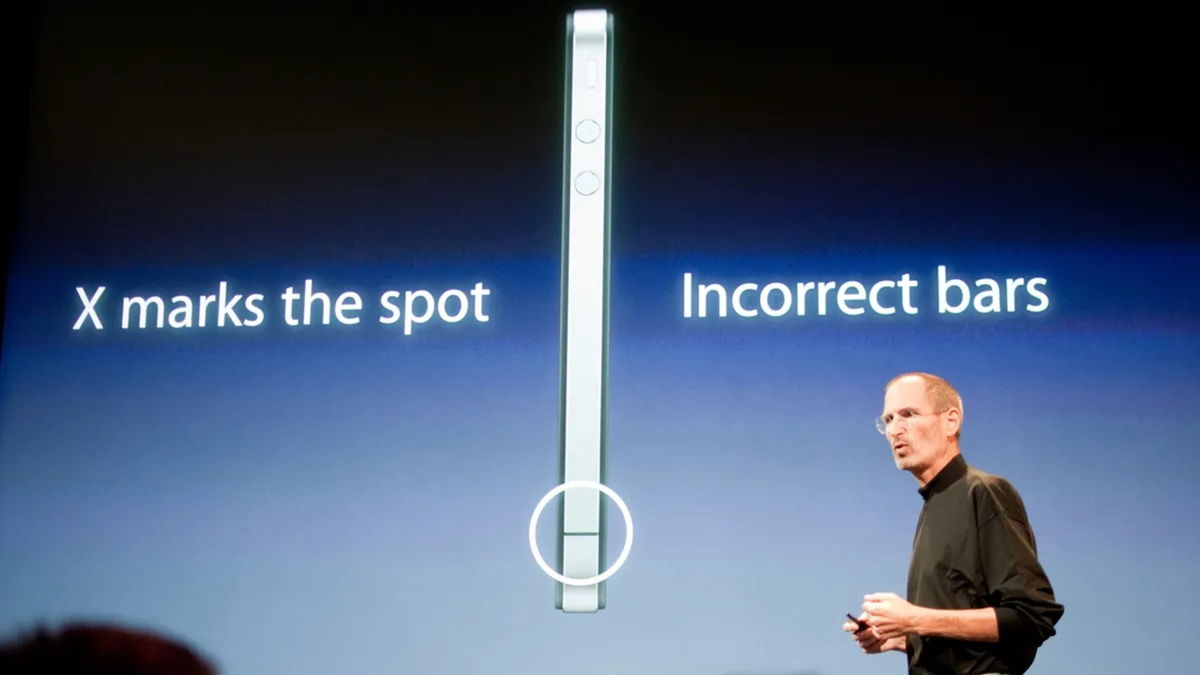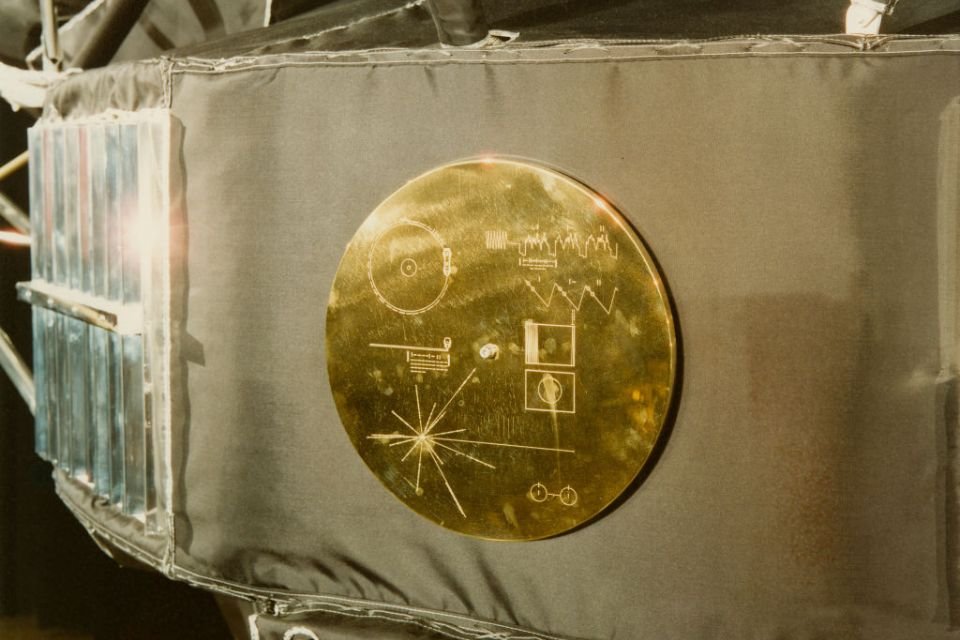every week, Technology World and #AstroMiniBR brings together five relevant and entertaining astronomical curiosities produced by collaborators. twitter profile to spread the knowledge of this science, which is the oldest. To follow!
#1: A Van Gogh Jupiter?
It even looks like a painting, but it looks like today @apod It shows Jupiter’s atmosphere as observed by the Juno spacecraft in 2020.
These storms can last for years and be as big as Earth!(c) NASA/JPL-Caltech/SwRI/MSSS; Processing and Licensing: Kevin M. Gill#AstroMiniBR pic.twitter.com/NCfeyMbmV6
— Eduardo Machado Pereira (@mp_eduard) 23 May 2023
No, you are not looking at an impressionist painting! This is an image of the atmosphere of Jupiter, the largest planet in the Solar System, and so large that this image alone could fit dozens of Earth planets in a row. The computerized image highlights the colors in the gas giant’s clouds to better identify their structures.
So what creates these colors? Nobody knows for sure. Jupiter’s thick atmosphere consists mainly of hydrogen and helium. Elements that are colorless at the low temperatures of Jovian cloud tops. Which elements provide their colors remains a topic of research in modern astronomy, but small amounts of ammonium hydrosulfide are touted as a leading candidate. Lighter clouds are usually higher than darker ones.
In the image, the clouds appear to swirl around the redder areas in the lower corner, while covering some of the darker areas in the upper corner. This image was taken by NASA’s robotic Juno spacecraft during one of its low passes over Jupiter earlier this year. Juno continues in its circular elliptical orbit, approaching the massive planet every 53 days and exploring a slightly different sector each time.
#2: Robots outside the Solar System
The twin spacecraft Voyager 1 and 2 were launched in 1977 to explore the planets of the outer solar system and continue their journey into interstellar space. Today they are 23.8 and 19.9 billion km from Earth, respectively. [1/2] #AstroMiniBR pic.twitter.com/iPAOu7T3V6
— The Deep Sky Project (@CeuProfundo) 28 May 2023
While it has never traveled further than the Moon in human history, the record of its achievements stretches much further, even into the space between the stars! NASA’s Voyager 1 and Voyager 2 probes were launched in 1977 on a grand tour of the Solar System’s outer planets. They became the longest-lived and farthest-running spacecraft from Earth ever.
Both went beyond the heliosphere, the region defined by the influence of the solar wind and the Sun’s magnetic field. Last year, when the probes completed their 45th year of their journey towards the stars, Voyager 1 and 2 reached approximately 22 light-hours and 18 light-hours from the Sun, respectively.and currently remains the only spacecraft to explore interstellar space.
Each spacecraft carries 12-inch gold-plated copper discs that record sounds, images, and messages from Earth. searched from Gold RecordsIt aims to convey a story of life and culture on planet Earth, preserved in an environment that could survive a billion years on an interstellar journey.
#3: Stars and their different colors
Can you identify that the stars in the night sky have different colors?
we can usually see blue, white, yellow, orange and red stars.
these different colors are due to the temperature of these objects ????#AstroMiniBR pic.twitter.com/g3G4Y8i0Fo— yanna martins franco (@martins_yanna) 29 May 2023
Although most of the light we perceive from stars in the night sky is affected by the atmosphere and is subject to optical phenomena, we can generally identify stars by their colour. Stars have different colors that are indicative of their surface temperatures.
Hotter stars tend to appear blue or bluish-white, while cooler stars are red. A star’s color index is the difference in measured magnitudes at any two wavelengths and is a way astronomers use to measure and express their temperature.
#4: Orion Nebula in Infrared!
Images of the Orion Nebula taken by #PDRs4All with NIRCam @NASAWebb are they striking?
Can we see the environment rich in gas and dust and shaped by many newly formed stars?#AstroMiniBR
{c} NASA, ESA, CSA, PDRs4All ERS Team; @OliBerne & S. Fuenmayor pic.twitter.com/WphIlttoMM— yanna martins franco (@martins_yanna) 23 December 2022
You’re looking at the deepest infrared image ever taken of the Orion Nebula (M42). This image taken by the James Webb Telescope reveals an abundance of previously unknown low-mass stars! Best known in visible light, where it shows many bright stars and glowing gas, M42 is 1300 light-years away and is the closest star forming region to Earth.
The power behind most of this nebula are the stars of the Trapezoid star cluster, which are responsible for much of the orange glow around the bright stars in the image. The current complex of Orion Nebula clouds and dust (including the famous Horsehead Nebula) will gradually dissipate over the next 100,000 years.
#5: Sunlight passing through a prism
When we observe the sun through a prism, there is a divergence in its colors from ultraviolet to infrared. The figure shows the energy flow from each color. Almost half of the energy that reaches us from the sun comes from the sun. #Infrared. #AstroMiniBR #SemanaThematica pic.twitter.com/Q5AaUZeytJ
— AstroTubers (@astrotubers) 7 November 2022
We call all of the electromagnetic radiation emitted by the sun, especially infrared, visible and ultraviolet light. On Earth, sunlight is scattered and filtered by Earth’s atmosphere. and it is as clear to us as the familiar sunlight when the sun is above the horizon. When direct solar radiation is not blocked by clouds, it is experienced as a combination of bright light and radiant heat.
When blocked by clouds or reflected by other objects, sunlight is diffused. The total amount of energy from the sun can be integrated into wavelengths between about 400 and 700 nanometers. About 49% of solar radiation is emitted as infrared, about 7% as ultraviolet, and less than 1% of solar radiation is emitted as x-rays, gamma rays, and radio waves.
Source: Tec Mundo
I’m Blaine Morgan, an experienced journalist and writer with over 8 years of experience in the tech industry. My expertise lies in writing about technology news and trends, covering everything from cutting-edge gadgets to emerging software developments. I’ve written for several leading publications including Gadget Onus where I am an author.












